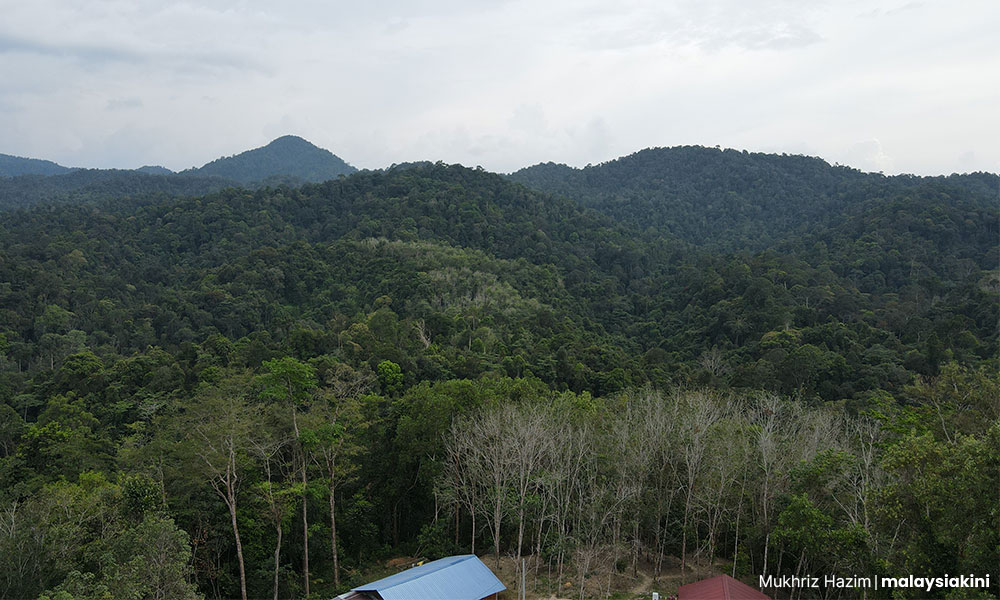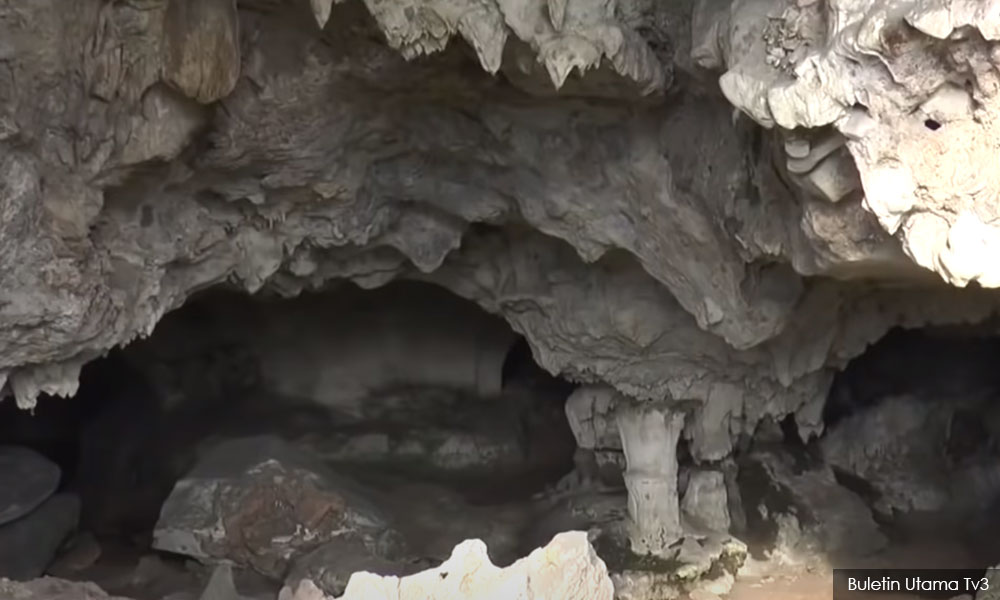LETTER | Natural sites offer the greatest potential for tourism
LETTER | Most Malaysians take our natural environment for granted, as it could be found within walking distance or just a short drive away.
However, with rapid development over the past decades, our virgin jungles that once occupied most of our land have “retreated” into the interior.
In their place are roads, buildings, farms, mines and plantations. In between man-made areas and virgin jungles are zones that have regenerated after logging. These secondary jungles have thicker undergrowth but with much shorter and smaller trees.
Natural sites on land include the many rivers that flow through it - lakes and ponds that retain rainwater, caves in limestone hills and movement of water underground that may emerge as hot springs.
Unless destroyed by man, the coasts bordering the sea are natural sites and they could be sandy, rocky or muddy. The mud provides abundant ground for marine life, and they are usually overgrown with mangroves that provide essential habitats for a large number of marine species.
If not overexploited, the sea would be teeming with fish, colourful corals living in clear shallow waters and sea turtles coming ashore to lay eggs on sandy beaches. In the 1970s, turtles were a common sight at night along Terengganu beaches, but they are a rarity today.
Sadly, two-thirds of the world’s tropical rainforests have already been destroyed or degraded and are fast depleting. It may only take another generation or two for them to be found only in much smaller areas of some countries.
Even before then, they would become the earth’s most precious resource. Those who realise this and could appreciate the importance of nature should go beyond superficial knowledge gained from reading or watching videos, as experiencing nature could be life-transforming.
This is especially so for those scrolling their smartphones rapidly for information and entertainment but with little understanding or realisation. Having glanced through a lot of information does not necessarily makes one knowledgeable or well-informed.
Malaysia has a great variety of natural sites that are accessible and open to everyone. They could be sandy beaches or muddy mangroves, secondary jungles or mountain streams with or without waterfalls - wetlands such as Tasik Bera and hundreds of small islands off the coast.

Most visits to natural sites are by excursionists travelling on their own and returning home the same day.
Unfortunately, many of them cause harm to the environment, either inadvertently or deliberately, such as taking away what they fancy, be they living or non-living things.
Hence, it is imperative that visitors to protected national or state parks are escorted by licensed nature guides. The same should also apply to the 50 marine parks in Malaysia, as divers from around the world find our great diversity of marine life particularly soul-soothing.
On land, Malaysia’s first two natural heritage sites listed by the United Nations Educational, Scientific and Cultural Organization (Unesco) are Gunung Mulu National Park in Sarawak and Kinabalu Park in Sabah.
Travel packages to these two world-renowned sites cost many times more than normal tours centred around cities and manmade structures that provide comfortable accommodation, gourmet dining or street foods, malls, museums, entertainment spots and theme parks.
But for those who could afford it, it is worth every penny. The profound experience of being closest to nature at its best will be embedded deep within the soul, unlike material possessions that would lose their lustre or appeal over time with ever-changing tastes or preferences.
It is normal for tourist destinations to focus on increasing visitor arrivals initially, and before reaching saturation point, would shift to high-yielding tourists. Malaysia has been targeting both low-end and high-end visitors, and rightfully so.

We have a wide range of services and facilities that cater to budget travellers choosing tourist class accommodations and all the way up to luxury hotels preferred by the well-heeled professionals travelling on business or to attend conventions and exhibitions.
However, those staying at tourist-class hotels are not to be discounted as they could spend heavily on shopping. Nevertheless, the main target group has been those attending business events - formerly known as meetings, incentives, conventions and exhibitions (Mice).
Since 1990, the Malaysian Association of Convention and Exhibition Organisers and Suppliers (MACEOS) together with many other tourism and travel associations have been organising business events to attract these high-yielding tourists and adequate efforts have been made.
Although the Malaysian Nature Society (MNS) started its activities in Malaya in 1940 and the Ecotourism and Conservation Society of Malaysia (ECOMY) was founded in 2015, there is much room for tourism trade associations to promote and tap the full potential of ecotourism.
While NGOs are fuelled by passionate volunteers, trade associations are driven by members hungry for more business. And if eco-tourism fairs could be held as successfully as MATTA Fairs, they would reach out to many people.
This will lead to many more tour operators marketing ecotourism to protected natural sites found at national, state or marine parks for high-spending tourists; and unprotected sites such as secondary jungles for excursionists on affordable day trips to enjoy and appreciate nature.
Eco-tourists not only ensure they do not cause harm to the natural environment and the local community, but also contribute to the livelihood and well-being of the people in the vicinity through sustainable engagements by utilising their services or paying for local produce.

This has been largely achieved in Malaysia, given the many trained and licensed nature guides, and more so after they undergo further training as EcoHost by the Tourism, Arts and Culture Ministry. The recently revised EcoHost programme is fully ready to be rolled out nationwide.
Eco-excursionists could also contribute to the local community where there are people living at the fringes of secondary jungles.
And if they travel there by themselves, they could also plan their activities to include removing rubbish and helping in rehabilitating the environment.
In this way, not only they could enjoy nature but also assist in its restoration, as much of the secondary jungles trampled by visitors are strewn with litter, and so are popular public beaches.
This will make their trips extra meaningful and be regarded as eco-heroes.
In any case, our greatest resource and potential in tourism are our natural sites and more so with every passing year, as they continue to deteriorate with global warming, climate change, pollution and greed.
If not conserved, they would eventually be too few and visitors would be barred from entering such pristine areas that are truly paradise on Earth.
There is no better time than now to be an eco-tourist and get the feeling that you are a fellow inhabitant of planet Earth.
Ecotourism is sustainable when all stakeholders play their part, with the authorities determining, monitoring and enforcing the carrying capacity.
Tour operators and suppliers can also target the right customers and provide relevant information in advance; with nature guides offering reminders and demonstrations before entry; and local communities benefitting from ecotourism activities.
The views expressed here are those of the author/contributor and do not necessarily represent the views of Malaysiakini.
RM12.50 / month
- Unlimited access to award-winning journalism
- Comment and share your opinions on all our articles
- Gift interesting stories to your friends
- Tax deductable
